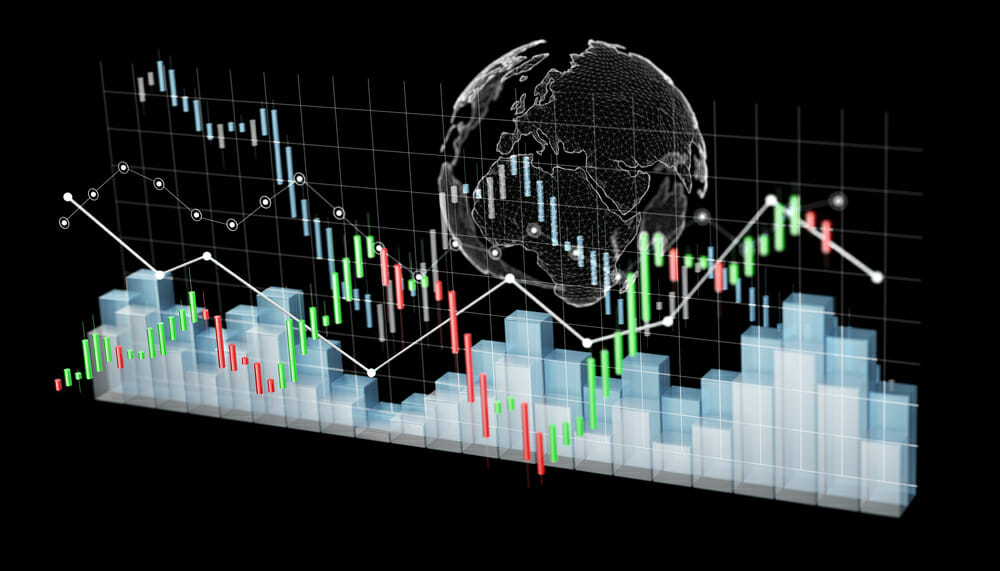Indices are a popular investment instrument that enables investors to track the performance of a group of stocks or other financial assets. In the past, trading indices was only possible through futures contracts, but with the advent of CFDs, investors can now trade indices through CFDs.
Trading Indices vs. Stocks and Forex
While trading stocks and forex are popular investment instruments, indices trading offers several advantages. Firstly, indices provide investors with diversification as they track the performance of a group of stocks, which reduces risk compared to individual stocks. Secondly, indices can provide exposure to an entire sector, industry, or geographical region.
Additionally, CFDs allow investors to trade indices without having to take physical delivery of the underlying assets, making them a more accessible investment option for many traders. Finally, indices are less volatile than individual stocks or forex, making them more stable and predictable.
The Importance of Indices
Indices help investors to gauge the overall performance of the stock market. Investors use indices to monitor the economic health of specific sectors, industries, and regions. They also use indices to identify investment opportunities and make informed trading decisions.
How to Trade Index CFDs
Trading index CFDs involves speculating on the price movement of an underlying index. The steps to trading index CFDs are as follows:
- Select a Broker: The first step is to select an established broker that provides index CFDs.
- Open an Account: After deciding on a broker, you must open an account and put some money in it.
- Select an index: The index you want to trade must then be chosen. The most popular indices include the S&P 500, NASDAQ 100, FTSE 100, Nikkei 225, and DAX 30.
- Decide on Your Trading Strategy: After choosing an index, you need to decide on your trading strategy. This may include long or short positions, hedging, or leverage.
- Monitor Your Trade: Once you have placed your trade, you need to monitor it regularly to ensure that you make informed trading decisions.
From where does the Index CFD get its price?
The price of an index CFD comes from the underlying index. CFDs are derivatives, which means that they track the price of the underlying index without the investor having to buy the actual assets. The value of the underlying index serves as the basis for the index CFD’s price.
Tips for Indices Trading
Here are some tips for trading index CFDs:
- Use a stop-loss: A stop-loss can help minimize your losses in the event of an adverse price movement.
- Be aware of market news: Keep up to date with market news, economic indicators, and geopolitical events that may impact the performance of the index.
- Use technical and fundamental analysis: Learn and practice the usage of technical and fundamental analysis to take better trading decisions.
FAQs
Q: Can I trade index CFDs 24/7?
Q: How much money must you deposit to trade index CFDs?
Q: What leverage is available when trading index CFDs?
Trading index CFDs is a popular way to invest in a group of assets and track the overall performance of a sector, industry, or region.












